Some interesting info in this article.
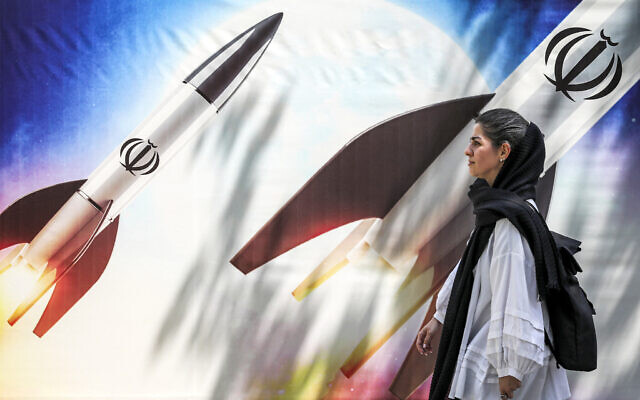
Several Gulf States, among them Saudi Arabia and the United Arab Emirates, passed on intelligence about Iran’s plans to attack Israel, providing vital information that was key to the success of the air defense measures that almost entirely thwarted the massive assault, the Wall Street Journal reported Monday citing Saudi, US, and Egyptian officials.
US persuaded several countries to help in preparing for Iranian assault on Israel, enabling a comprehensive defensive shield to be put in place, Wall Street Journal says
The cooperation was spearheaded by the US, which has for years been striving to form an informal military partnership to counter threats from Iran, the report said.
Overnight Saturday-Sunday Iran launched hundreds of ballistic and cruise missiles alongside hundreds of drones at Israel. Yet by Sunday morning, the Israel Defense Forces, backed by the US and other allies, were able to confirm that some 99% of the incoming threats were downed, and the handful that made it through caused only minor damage.
While it was already known that Jordan actively participated in the downing of drones heading to Israel through its airspace, the Journal report for the first time revealed the scope of joint activities stretching across the region, and that included countries that have no diplomatic ties with Israel.
The report cited officials as saying that the success in stopping so many drones and missiles was due to Arab countries having passed on intelligence about the Iranian plan, as well as enabling the use of their airspace and providing radar tracking. In some cases, Arab militaries took an active role in intercepting the threats and “supplied their own forces to help” the report said, indicating that Jordan was not the only Arab nation to do so.
The full role played by Saudi Arabia and “other key Arab governments” is being kept quiet, according to the report.
Tehran had vowed to avenge seven Islamic Revolutionary Guard Corps members, including two generals, who were killed in an alleged Israeli airstrike on a building near the Iranian embassy in Damascus on April 1. It was a major escalation of ongoing fighting along Israel’s northern border amid near-daily attacks by the Iran-backed Hezbollah terror group.
After the April 1 strike and Iran’s threats to retaliate, US officials began pushing Arab governments for intelligence about Iran’s plans for revenge and for help with intercepting an attack, Saudi and Egyptian officials told the Journal.
Initially, some Arab governments were hesitant, fearing that by helping Israel they would come into direct conflict with Iran or face reprisals. In addition, some were wary about being seen as aiding Israel amid its war on Hamas in the Gaza Strip, which began with the Palestinian terror group’s devastating attack on Israel, and which has been the impetus for the spiking regional tensions.
However, eventually, Saudi Arabia and the United Arab Emirates agreed to privately pass on information while Jordan agreed to let the US and “other countries’ warplanes” use its airspace. Jordan also said it would use its own jets to intercept missiles and drones, the officials said.
They said that two days before the attack, Iranian officials told Saudi Arabia and other Gulf states about the profile of the response they were planning against Israel and its timing in order that those countries could secure their own airspace. That information was passed on to the US, providing vital details for the US and Israeli defense plans.
As the attack became imminent, Washington ordered the deployment of aircraft and missile defense systems in the region and coordinated defense between Israel and Arab governments, a senior Israeli official told the Journal.
“The challenge was to bring all those countries around Israel” despite its regional isolation, the official said. “It was a diplomatic issue.”
According to the report, missiles and drones were immediately tracked after launch by radars in Persian Gulf countries via a US operations center in Qatar. The information was beamed to fighter jets from “several countries” in the air over Jordan and other countries, as well as to warships and Israel’s missile defense units.
As soon as the drones came within range they were shot down, mostly by Israeli and US fighters, with some by Jordanian, British, and French warplanes, the officials said.
A US official told the journal that during the attack there was a period when over 100 Iranian ballistic missiles were simultaneously in the air and heading for Israel, but the vast majority were shot down by the country’s air-defense systems, both within its borders and beyond.
US officials also noted that half of the Iranian ballistic missiles either failed to launch or crash-landed short of Israel. [HAHAHA!!!]
Two US officials confirmed that statistic to ABC News. According to that report, five missiles did make it through the defenses causing minor damage at the Nevatim Air Base, including to a C-130 transport aircraft and empty storage facilities.
Israel has said there was also minor damage to a taxiway.
The tally for US aircraft was 70 drones while two guided-missile destroyers may have stopped up to six missiles, the Journal reported. A US Patriot system near Erbil, Iraq, also bagged one ballistic missile, a US official told the paper.
The US has been working for years to forge military cooperation between Israel and Sunni Arab states that share a common alignment against Iran.
With a formal military alliance not possible under the existing political situation, the US instead worked to build an informal regional air defense cooperation. The Abraham Accords in 2020, which normalized ties between Israel and the UAE as well as Bahrain, gave a boost to the plans. In another significant move, Israel in 2021 was moved from the European theater to the US Central Command.
Dana Stroul, who until December was the most senior civilian official at the Pentagon for the Middle East region, told the Journal that “Israel’s move into Centcom was a game changer” because it made it easier to share intelligence and provide early warning across countries.
The Israeli official who spoke to the Journal agreed, saying, “The Abraham Accords made the Middle East look different… because we could do things not just under the surface but above it. That’s what created this alliance.”
Israel is believed to have significant covert cooperation with Saudi Arabia though the kingdom has repeatedly said it will only establish ties after the establishment of a Palestinian state as part of a two-state solution to the Israel-Palestinian conflict.
Another Israeli official involved in the regional security cooperation drive said that though intelligence has been shared in the past, the response to the Iran attack “was the first time that we saw the alliance work at full power.”
War erupted on October 7 when Hamas led a massive cross-border attack on Israel that killed 1,200 people mostly civilians. The thousands of attackers who burst through the border also abducted 253 people to Gaza.
Israel responded with a military offensive to destroy Hamas and free the hostages of whom 129 remain in captivity, some of them believed no longer alive.
The day after the Hamas attack, Iran’s proxy Hezbollah began attacking along the border with Lebanon, while also firing rockets at northern towns and communities. Israel has responded with strikes against Hezbollah targets in Lebanon and, allegedly, also airstrikes on related infrastructure in Syria.
The escalating violence raised concerns that it could explode into a major regional war alongside the fighting in Gaza. Those fears have been further stoked by the Iranian assault and Western allies are reportedly urging Israel to not respond.



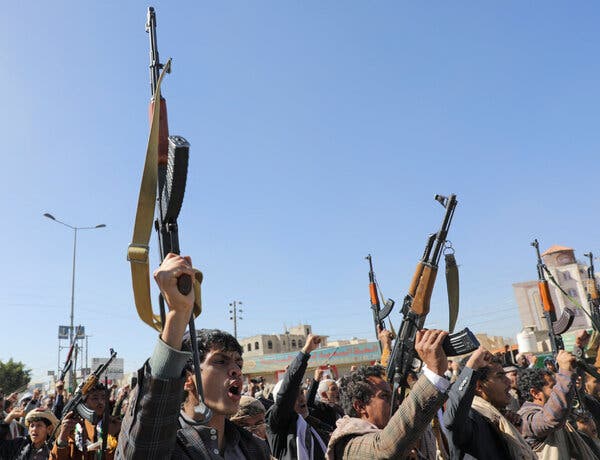
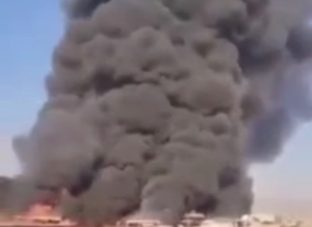
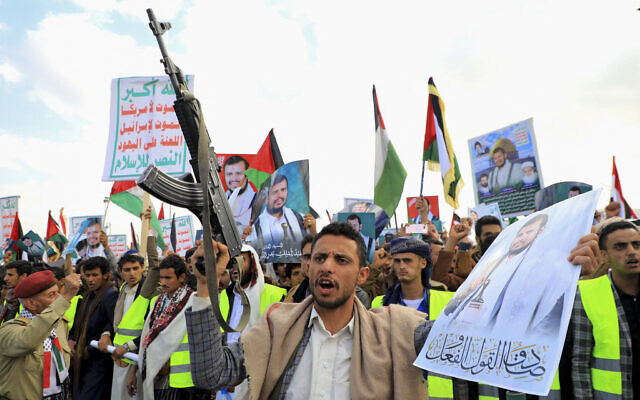



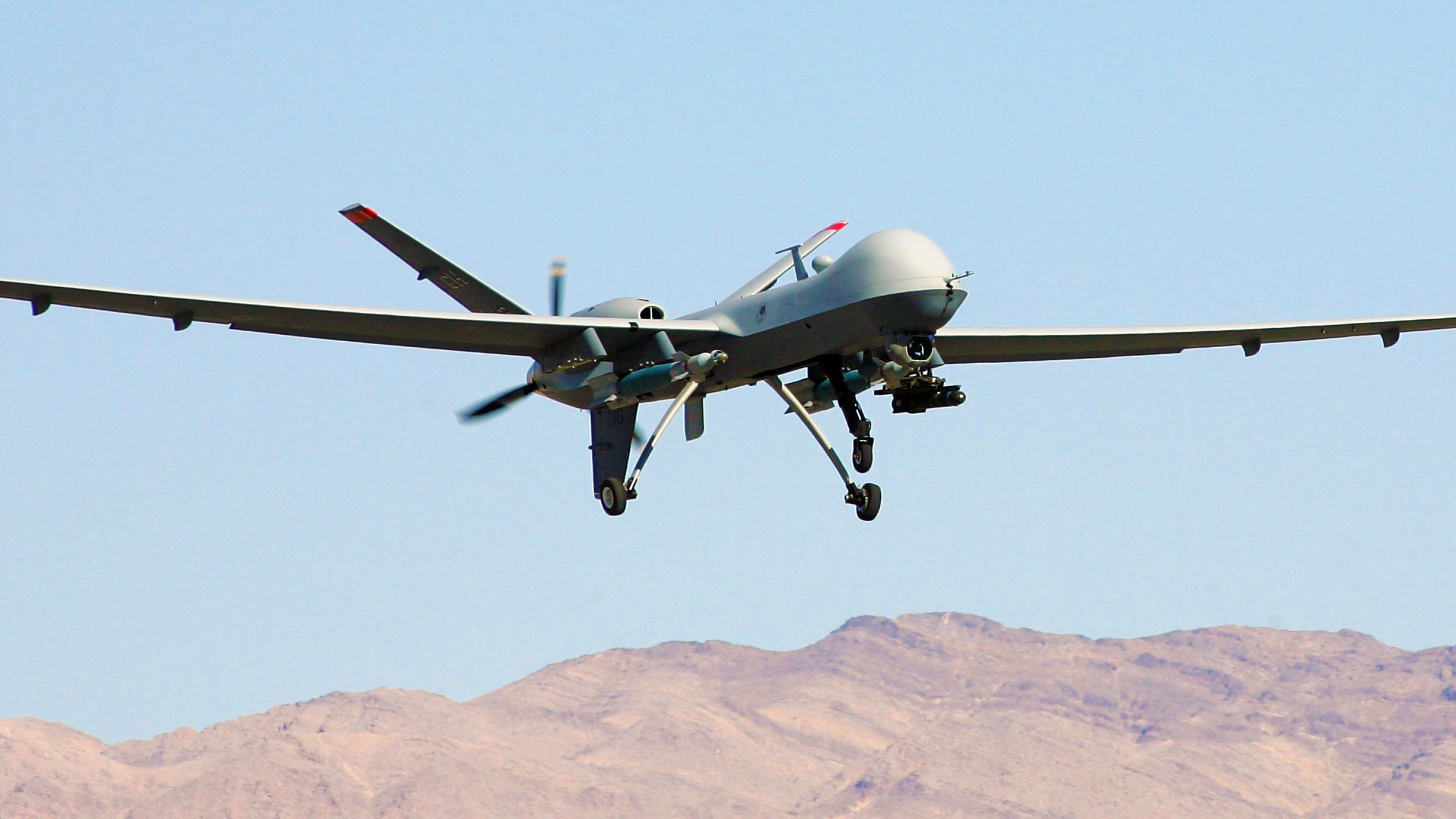
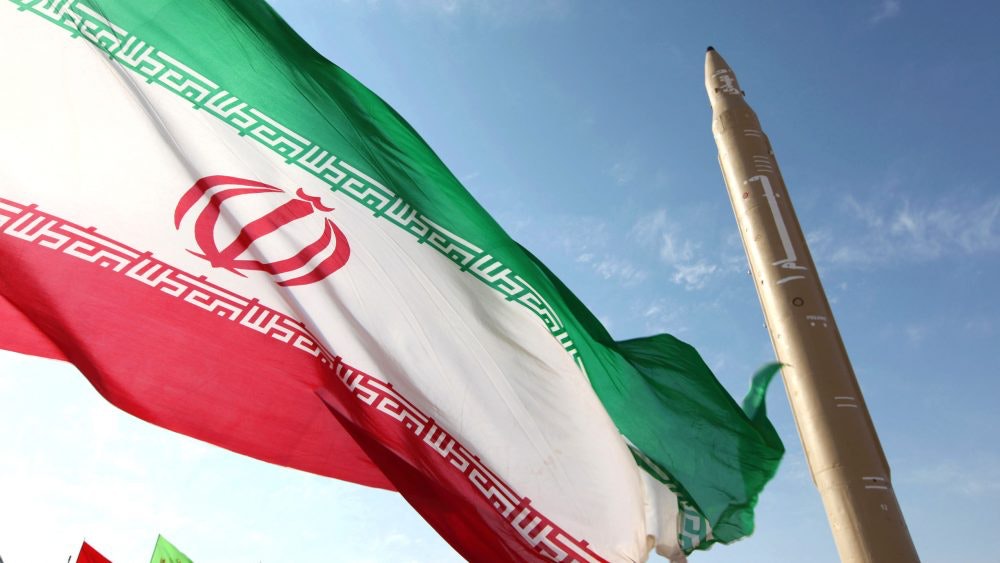



Recent Comments